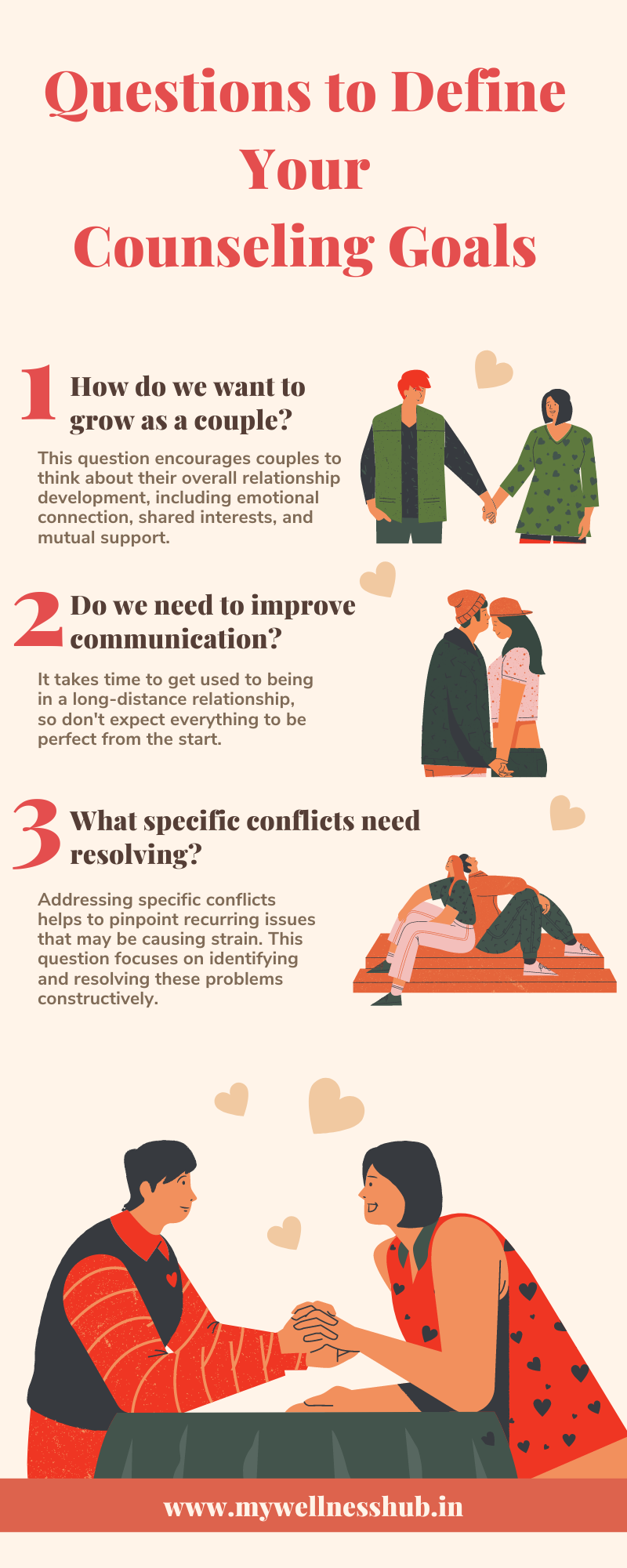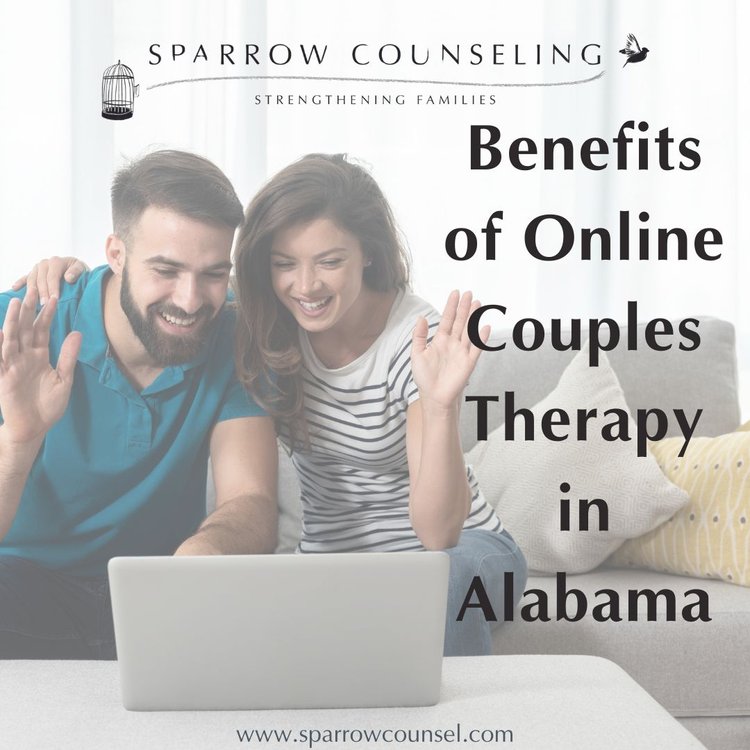The Ultimate Guide To Aim Point Counseling
The Ultimate Guide To Aim Point Counseling
Blog Article
Aim Point Counseling - The Facts
Table of ContentsThe Facts About Aim Point Counseling RevealedThe Main Principles Of Aim Point Counseling Rumored Buzz on Aim Point CounselingThe Main Principles Of Aim Point Counseling The 45-Second Trick For Aim Point Counseling4 Easy Facts About Aim Point Counseling Shown
The longitudinal style includes a pre-treatment study and 2 follow-up surveys at 3- and 12-months post-intervention. The research study is set in eight Relationships Australia Victoria centres, across metropolitan, external suburbs, and regional/rural sites. Relationships Australia, a non-government organisation, is the largest provider of pair coaching and connection services in Australia.
In Australia, the average length of marriage prior to splitting up is 8.8 years, and about fifty percent of all separations involve pairs with children [1] These high rates of connection break down have actually been continually related to negative wellness effects for both adults and youngsters following divorce/separation. These consist of seclusion from assistance networks, and minimized earnings and criterion of living for both adults and kids [3], issues of commitment over kids for men, and clinical depression and loss of identity for ladies [4,5]
The Ultimate Guide To Aim Point Counseling
Longitudinal research studies additionally recommend that youngsters of separation have a higher incidence of psychological conditions, alcohol and drug use, and high-risk sex-related behavior [7] The results of divorce and separation can be damaging, research shows that high relationship discord in undamaged pairs is also likely to have unfavorable outcomes.
Study to day has determined both couple and private variables that might contribute to connection dissonance. These consist of partnership complete satisfaction and dedication at the pair degree, and anxiety at the private degree.
The Basic Principles Of Aim Point Counseling
Connection fulfillment has actually been one of the most common result variable recognized in more than 200 evaluations of couple counselling [11,12] Studies have actually discovered significant renovations in connection complete satisfaction from pre- to post-treatment [13,14] and over the training course of one to two years adhering to therapy [15] In these studies, connection fulfillment was most regularly examined using the Dyadic Modification Range (DAS) [16] Consequently, while many research studies indicate improvements in relationship complete satisfaction following couple counselling, they are restricted by the examples and steps utilized, greatly short-term follow-up amount of time, and analyses that do not represent the dyadic nature of pair information. Partnership commitment, based on measures such as the Dedication Stock (CI) [19], is an additional frequently explored partnership end result.
To summarise, research suggests that couple-specific variables as well as private variables may anticipate the end results of couple coaching and partnership services. The causal instructions of these partnerships, nonetheless, is much less clear. These monitorings are vital, since, to warrant and guide the application of relationship solutions such as pair therapy, empirical evidence needs to check out both the results of connection services and the factors that anticipate effective therapy.
There is an expanding agreement that efficacy research studies ought to be matched by performance study to best notify clinical technique [ 29] The restricted effectiveness study that exists to date recommends that pair therapy can improve results such as partnership complete satisfaction [33,43], communication skills and general health [44], a minimum of in some European countries.

We presently understand little about the accounts of couples that seek out partnership education compared with those that seek relationship coaching, or the outcomes of these programs. Unscientific proof recommends that there may be considerable distress amongst at the very least some couples seeking partnership education.
The Definitive Guide to Aim Point Counseling
Responses entails individuals completing questionnaires regarding their relationship (e.g. steps of interpersonal issues), and getting info on what their scores indicate. Cognitive-behavioural methods promote transforming cognitions to promote favorable partnerships. These may include promoting realistic attributions/expectations around unfavorable partner behavior [46] In skills training, pairs participate in talks or discussions on connection skills, and practice these throughout facilitator-led activities [ 45]
These meta-analyses highlight limitations in the current literature on relationship education and learning. This sample account might not stand for customers that commonly provide for find out here now relationship education and learning.
3 Simple Techniques For Aim Point Counseling

Really little study has actually examined the relative advantages of pair therapy and relationship education programs. As customers are likely to self-select into these solution types, it is not clear whether particular connection distress profiles existing per solution type, or undoubtedly whether there is an interaction between providing profile, service kind and outcome.
(https://zenwriting.net/a1mpoint/aim-point-counseling-finding-your-footing-in-lifes-shifting-sands)
Hence, we have consisted of a 12-month follow-up to determine longer-term trends and effects.
Consequently, we propose to make use of multi-level statistical modelling treatments that control for the inter-dependence of couple information to evaluate any kind of therapy effects. The certain aims of the ECC research study are to: 1. Map accounts of clients looking for community agency-based pair coaching vs. relationship improvement programs in terms of socio-demographic and relationship signs (such as partnership fulfillment, partnership commitment, interpersonal troubles, and factors for participating in), as well as wellness (such as anxiety, general wellness) and health service use (eg.
2. Identify whether pair counselling and connection education and learning services improve three- and twelve-month end results for connection complete satisfaction, commitment, and depression, making use of analytical evaluations ideal to pair information. 3. Determine the family member payments of customer factors (specific and couple) and therapy/education elements to outcomes at 3- and 12-months, and to sustainability of results in time.
The Best Guide To Aim Point Counseling
Multi-level modelling to identify pre-post distinctions, managing for dyadic (pair) degree. To add to the literature analyzing the efficiency of community-based couple counselling.
Report this page